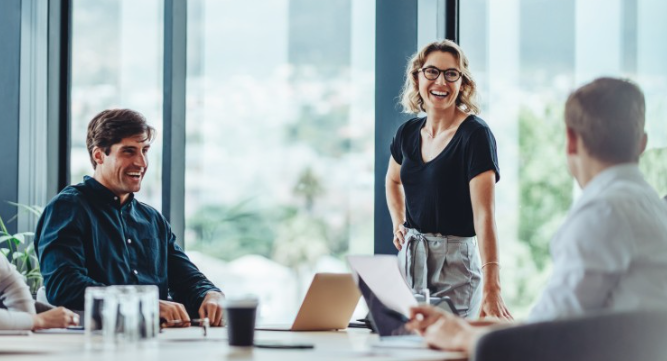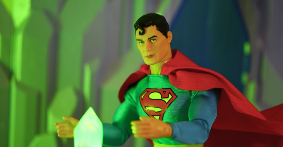Sitting is a Pain Pt 3 - Air Travel
The third place sitting is a pain is air travel. Between schlepping bags, the mental duress of contending with possible schedule changes, and the actual time stuck in a seat, flying can definitely be a pain. If your job or vacation involves cross-country or international travel, you are already keenly aware that 5 to 15 hours in a cramped seat can definitely cause some discomfort. Hopefully, you get to travel business class which makes flying a lot more comfortable.
My recent flight to and from Greece, then from New York to Phoenix had me using my favorite tips to keep myself comfortable on my trip. I hope they serve to make your travel more enjoyable.
1. Preflight. Instead of sitting while waiting for your zone to be called, find a corner and take the opportunity to stretch, reach and bend.
a) For Low Back. The arm of the end seat makes for a great bar to squat and do a low back stretch. Gently bend forward and hold on to the seat arm with your arms fully extended, feet planted. Slowly bend your knees and drop into a seated squat. Pay attention to the extending stretch in your low back, pausing in the spots where it especially feels good. You'll be more comfortable on the flight and may inspire fellow travelers to follow your lead.
b) For Hamstrings. To keep from cramping on the flight, use either a chair seat or the low tables adjacent to do hamstring stretches. Place your heel on it, leg straight. Lean slightly forward and tilt your pelvis back to stretch your hamstrings.
2. Get Aligned with Your Destination Time Zone. Set your watch to your destination time zone to start early adaptation to it.
For international travel, night flights work if you can sleep on the plane and wake with the sun there. The trick is when you get there not to succumb to a nap but wait to sleep until night falls. (It was a great excuse for a 4 pm Greek coffee and bhaklava:) If sleeping on a plane is challenging for you, better to do day flights.
3. Stay Hydrated. Staying hydrated is always key for a healthy body/mind, even more so when flying.
Drinking plenty of water is important to counter the lower humidity in air cabins that can cause dry eyes and leave you more vulnerable to possible infection. If you're going to drink coffee or cocktails, do so in moderation and increase your water intake to offset them.
4. Strengthen Your Respiratory System. Recycled air and lots of people increase the chance of exposure to infection. Here's an easy way to combat it.
I travel with a ¼ oz bottle of eucalyptus oil as eucalyptus kills bacteria in the respiratory system. Place a few drops in your clean hands, rub them together and inhale. If you're surrounded by coughing and sneezing it can be a life saver.
5. Stay nourished and mentally calm. Always travel with a healthy snack in your bag.
Almonds with raisins and candied ginger is a personal favorite. The protein and fruit provide a balance for blood sugar. Ginger aids digestion and adds a little zip. That and a bottle of water, and you're set if there are delays in flight service. Staying nourished and hydrated also helps keep you from getting cranky if there are unexpected travel challenges
6. Take the strain off your low back. As in driving, keeping your knees lower than your hips to take the strain of the low back.
Raise your hips by placing an airplane pillow just under your butt bones to increase the angle. (See the video in Sitting is a Pain Part 2) During the flight, periodically tilt your pelvis back and forth to alleviate low back stiffness.
7. Move & Walk. Long periods of sitting and lower cabin pressure is not a good combination for healthy circulation.
Flex and circle your ankles every hour or so to increase circulation and counter swelling that can be caused by lower cabin pressure and reduced oxygen absorbed by the blood. (Also helps to counter potential deep vein thrombosis - blood clots). If you can't stretch your legs while in your seat, be sure to get up and walk the aisle optimally once an hour.
8. Be Productive Waiting to Deplane.
Take advantage of the wait and move your parts - neck/shoulder circles, pelvic tilts, knee and ankle flexing to activate your muscles. It will give you something to do while waiting for those ahead of you to deplane, and your body will be ready to move once you get to do so. Whether business or pleasure, the trip will be more enjoyable when you move with ease.
Happy, smooth, comfortable travels.
Kathleen
My mission with this blog is to provide information that supports holistic pain relief and self-care that encompasses all of who you are - body, mind, and Spirit.
#painfreetravel #travelbackpain #backpainrelief
About the Author: Kathleen Gramzay
Kathleen Gramzay, BCTMB is Body/Mind Performance Expert, 20-yr Board Certified Massage Therapist, and Developer of Kinessage® Self Care and Mindful Resilience. Her mission is to empower people to release their stress, chronic tension & pain to live more joyful, productive and healthy lives. If you would like to learn more about Kinessage® Self-Care or the Mindful Resilience programs, contact
Kathleen





